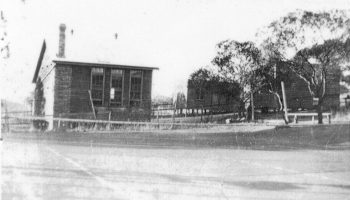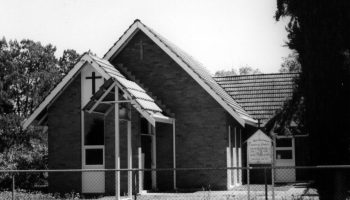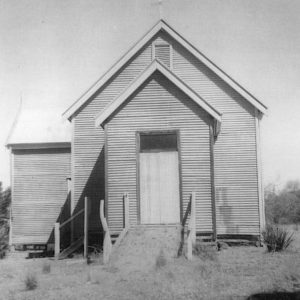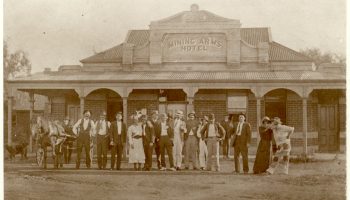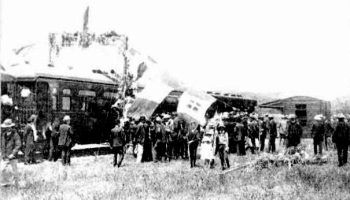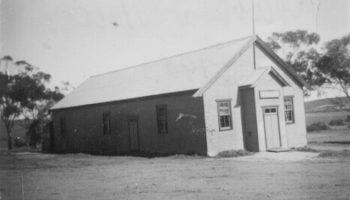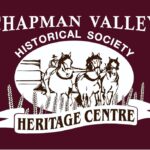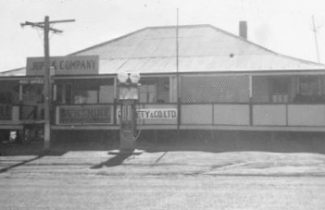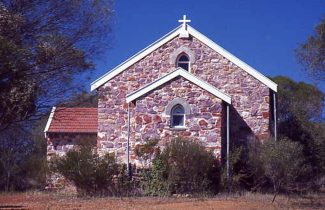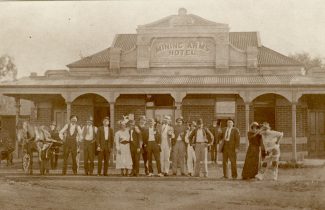Nabawa
Nabawa is the main centre of the Shire of Chapman Valley, and where a new Shire Office was built in 1967. The Shire maintains sports grounds in Nabawa and a basketball stadium. The Chapman Valley school at Nabawa is one of two Primary Schools in the Shire. To the north of the town, where the town water supply tank is situations, is the site of the Old Nabawa Hall and third Nabawa School.
Opposite is the Old Sports Ground. Next to this site, Mr Jim Clarke grew the first wheat in the area in 1872.
Initial settlement in Nabawa started in the 1870s and 1880s. When mining operations ceased in 1885, many of the workers took up small holdings in the area.
The opening of the Naraling branch railway line encouraged further settlement and development in and around the town site.
Originally spelt ‘Nabawah’, an aboriginal word meaning far away place.
Hotels
Samuel Hadley Jupp and Sarah Jupp came to the Nabawa area in the 1860s. Samuel was a bootmaker by trade and found plenty of work in the area. Having secured a small block at Nabawa the Jupp’s opened a wayside inn known as the Mining Arms where the traveller could get service for his horse and himself.
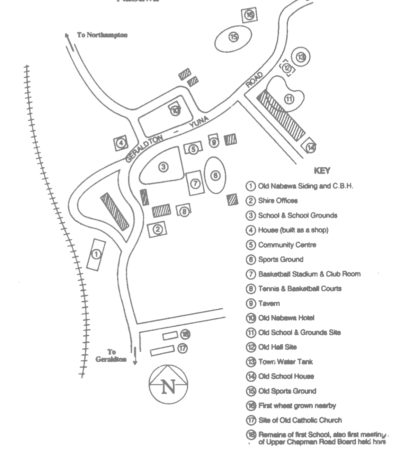
This was the first hotel in the district and provided a meeting place where local workers could gather for a drink and a yarn.
It later became known as the Nabawa Hotel, and it remained in business until 1973 when the Chapman Valley Tavern opened. Debentures raised funds for the Tavern, and a Board managed it for 15-20 years before it became necessary to sell. After over 45 years of trading, the business has now closed.
Police at Nabawa
Samuel Farmer, was, in 1856, stationed at Nabawa as a Patrol Police Officer under the control and direction of James Drummond who had established the White Peak Station.
His headquarters, situated some two miles south of Nabawa on the eastern side of the Chapman River, was known as Farmer’s Camp.
Following his retirement from the Police Force, Sam Farmer was granted a small block of 50 acres at Nabawa on the western side of the river, not far from the Nabawa Bridge on the Nabawa-Northampton Road.
The Nabawa Store and Post Office
Mrs Rachel Farmer, wife of the Patrol Police Officer, became the District’s first unofficial Post Mistress, performing this service until around 1904.
Samuel Jupp built a store at Nabawah and they opened it in 1911 by the son of his English relative, Percy Jupp.
During the later part of the Second World War, Claude Box and his wife, Stella Smith, moved to Nabawa taking over the Nabawa Store Post Office from Bert Rock and his son Stan, until Claude’s death in 1948, when Stella and her young family continued on until other arrangements were made.
Fred and Esme Hayward took over the store in 1949. During this time they installed an 8ft Baker fridge that enabled them to sell cool drinks and ice cream.
In 1953, Bill and Hazel Branch arrived in Nabawa and paid £15,000 to buy the store.
Hansel and Betty Gray took over the store in 1961. By 1968, the Nabawa Store had closed. Betty continued as Postmistress providing a service that included telephone, mail and bread, fuel and hardware.
Schools
A Catholic Church was the first school in the Nabawa area, a rammed-walled building constructed in 1892 by Michael Morrisey of Mount Erin. Then around 1896 an Agricultural Hall was built nearby on land which is now the parking area at the Nabawa Cemetery, and the Government reserved the right to use it as a school.
Mary Twinett, who married George Wells, is understood to have been the first school teacher in the district in charge of the Government School. She had previously taught at the early church school building. Succeeding pioneer teachers were Miss Winnie McDonald and Miss Mary Grover.
Churches
In 1892, Michael Morrissey of the Mount Erin Estate had a rammed-earth building constructed to be used as a Catholic Church. The larger Roman Catholic Church of St Brigid was built later, close to the old Morrissey building which served as both school and church.
The first services of the Anglican Church in the Nabawa area were held in private homes. In 1912 the Church of St Bartholomew, a weatherboard and iron building, was erected on land given by Samuel Hadley Jupp at the southern end of Nabawa. It was part of the parish of Northampton. Due to the ravages of time and white ants this building was demolished in 1951 and a new church was erected in 1959.
Sources and Further Reading:
Chapman Valley Heritage Trail
Chapman Valley Pioneers by P A McDonnell
In Their Footsteps by Anthea Kalazich
